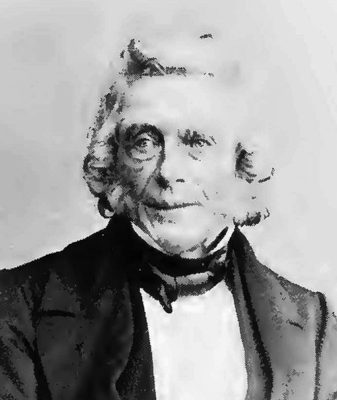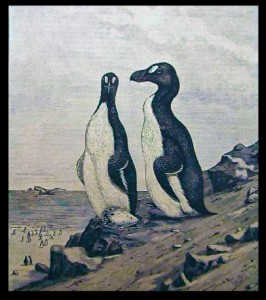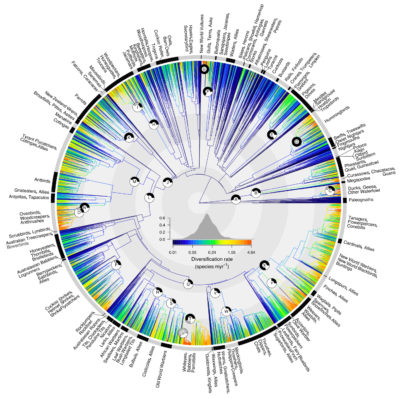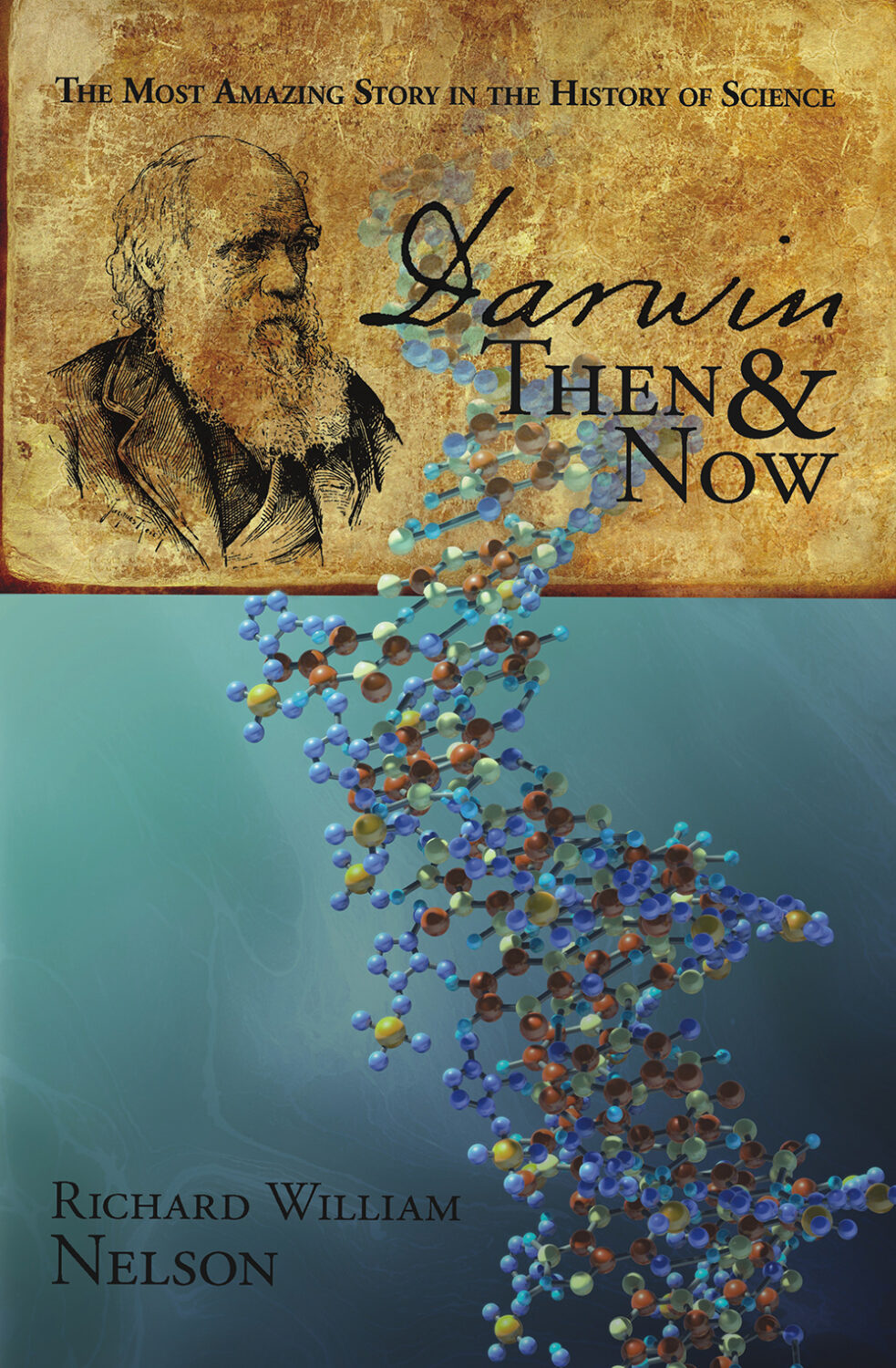by Richard William Nelson | Jun 9, 2014

The war over natural selection, then and now. Not only did Charles Darwin (1812-1882) plagiarize Patrick Matthew’s (1790-1874) (pictured left) work, but evolutionary scientists continue battling over the theory. Mike Sutton, a criminology expert at Nottingham Trent University, spent years cross-referencing the works of Darwin alongside those of Matthew. According to Sutton,
“I have no doubt, based on the weight of new evidence, that Darwin did read Matthew’s book and then went on to replicate his discovery and key themes.”
Science correspondent Sarah Knapton, in the article, “Did Charles Darwin ‘borrow’ the theory of natural selection?” published by The Telegraph (UK), reported on Sutton’s findings –
“Darwin must not only have been aware of Matthew’s work but borrowed from it heavily,” proving that “the naturalist [Darwin] lied.”
Continue Reading
by Richard William Nelson | May 22, 2014
 In The Origin of Species, Charles Darwin presented nature as a constant struggle, often coined as the “war of nature” or the “survival of the fittest.” As one dominates and eliminates others through a continuous process of competition and change, Darwin argued, “extinction and natural selection go hand in hand.” Recent freshwater studies, however, on algae defy Darwin.
In The Origin of Species, Charles Darwin presented nature as a constant struggle, often coined as the “war of nature” or the “survival of the fittest.” As one dominates and eliminates others through a continuous process of competition and change, Darwin argued, “extinction and natural selection go hand in hand.” Recent freshwater studies, however, on algae defy Darwin.
Bradley Cardinale (pictured left) of the University of Michigan led a research team that performed experiments on 60 species of freshwater green algae and their impact on environmental conservation. According to Marlene Cimons of the National Science Foundation, unexpectedly, the evidence “failed to support Darwin’s theory.”
Continue Reading
by Richard William Nelson | Apr 20, 2014
 In The Origin of Species, Charles Darwin envisioned that “extinction and natural selection go hand in hand.” Extinction, however, was a relatively new concept, only emerging in revolutionary France following the publication of the Essay on the Theory of the Earth in 1813 by French naturalist Georges Cuvier.
In The Origin of Species, Charles Darwin envisioned that “extinction and natural selection go hand in hand.” Extinction, however, was a relatively new concept, only emerging in revolutionary France following the publication of the Essay on the Theory of the Earth in 1813 by French naturalist Georges Cuvier.
“All these facts, consistent among themselves,” Cuvier argued, “seem to me to prove the existence of a world previous to ours… And what revolution was able to wipe it out [extinction]?”
Cuvier was a renowned French scientist who established the study of extinction as a distinct field of inquiry. When completed in time for the 1889 World’s Fair, his name was one of the only seventy-two names inscribed onto the Eiffel Tower.
Elizabeth Kolbert explains in The Sixth Extinction (2014) that the discovery of extinction made evolution seem “as unlikely as levitation,” an issue Darwin conveniently overlooked.
Continue Reading
by Richard William Nelson | Apr 30, 2013
 “Natural selection” is the name Charles Darwin used to describe the mechanism driving evolution and the origin of species. The title of his book was The Origin of Species by Means of Natural Selection. Natural selection was the “means” of evolution, the fundamental tenet of Darwin’s theory.
“Natural selection” is the name Charles Darwin used to describe the mechanism driving evolution and the origin of species. The title of his book was The Origin of Species by Means of Natural Selection. Natural selection was the “means” of evolution, the fundamental tenet of Darwin’s theory.
Natural selection emerged as the cornerstone law of evolution following the publication of The Origin in 1859. “I do believe,” Darwin argued, “natural selection acts slowly by accumulating slight, successive, favorable variations.”
Natural selection, the tenet of Darwin’s theory, when viewed through the lens of twenty-first-century technologies, increasingly faces scientific challenges.
Continue Reading
by Richard William Nelson | Nov 6, 2012
 Scientists last week proposed new evolutionary relationships among all 9,993 of the world’s known living bird species. In a letter published in the prestigious Nature journal, scientists reported on the use of DNA-sequence data to create a radiating phylogenetic tree, a revolutionary new bird tree of life (pictured left).
Scientists last week proposed new evolutionary relationships among all 9,993 of the world’s known living bird species. In a letter published in the prestigious Nature journal, scientists reported on the use of DNA-sequence data to create a radiating phylogenetic tree, a revolutionary new bird tree of life (pictured left).
Walter Jetz (pictured right), an evolutionary biologist at Yale University in New Haven, Connecticut, was the leading author of the letter entitled “The global diversity of birds in space and time.” In an interview with science writer Virginia Gewin for Nature News, Jetz explains –
“This is the first dated tree of life for a class of species this size to be put on a global map.”
Continue Reading


 In
In 
 “
“ Scientists last week proposed new evolutionary relationships among all 9,993 of the world’s known living bird
Scientists last week proposed new evolutionary relationships among all 9,993 of the world’s known living bird 